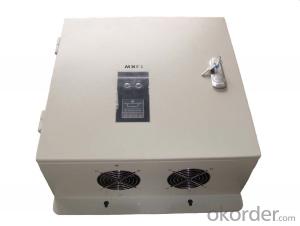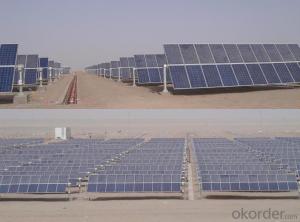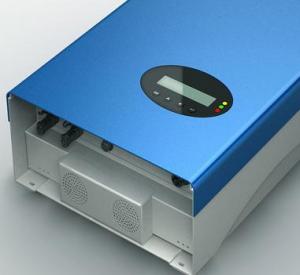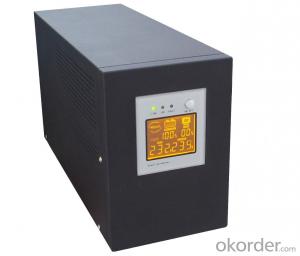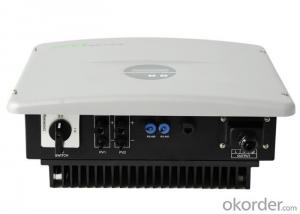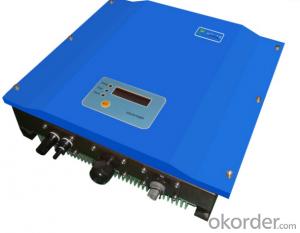Abb Uno Solar Inverter Manual
Abb Uno Solar Inverter Manual Related Searches
Abb Solar Inverter Manual One Solar Inverter Manual Solar Inverter User Manual Abb Uno Solar Inverter Aurora Solar Inverter Manual Solar Inverter Service Manual Ever Solar Inverter Manual Solar Pump Inverter Manual Tesla Solar Inverter Manual Solis Solar Inverter Manual Delta Solar Inverter Manual Solar Edge Inverter Manual Sma Solar Inverter Manual Mpp Solar Inverter Manual Growatt Solar Inverter Manual Generac Solar Inverter Manual T Solar Inverter User Manual Fronius Solar Inverter Manual Mppt Solar Inverter Manual Felicity Solar Inverter Manual Tmeic Solar Inverter Manual Uno Solar Inverter Abb Solar Inverter Abb Solar Inverter App Abb Solar Power Inverter Solar Abb Inverter Wind Solar Hybrid Controller Manual Abb Solar Panel Inverter Solar Inverter Tutorial Solar Inverter Buying GuideAbb Uno Solar Inverter Manual Supplier & Manufacturer from China
The Abb Uno Solar Inverter Manual encompasses a range of products designed to optimize the performance and efficiency of solar energy systems. These products include the ABB Uno 3.3-4TL, 3.3-4TL-LV, 4.0-4TL, and 4.0-4TL-LV solar inverters, which are engineered to cater to various solar power needs. These inverters are specifically designed for residential and commercial applications, ensuring that the solar energy generated is converted into usable electricity with maximum efficiency.The Abb Uno Solar Inverter Manual is particularly useful in scenarios where solar energy is harnessed to power homes, businesses, and other establishments. By following the guidelines provided in the manual, users can ensure that their solar inverters are installed and maintained correctly, thereby maximizing the return on investment from their solar energy systems. The manual also offers troubleshooting tips and guidance on how to address common issues that may arise during the operation of these inverters.
Okorder.com is a reputable wholesale supplier of the Abb Uno Solar Inverter Manual, boasting a vast inventory that caters to the needs of various customers. By partnering with Okorder.com, customers can access a comprehensive selection of Abb Uno solar inverters and manuals, ensuring that they have all the necessary resources to successfully implement and maintain their solar energy systems. With Okorder.com's commitment to quality and customer satisfaction, users can trust that they are receiving top-notch products and support for their solar energy endeavors.
Hot Products
